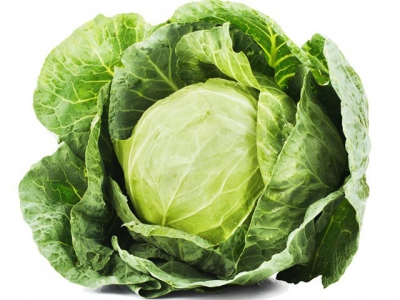Choosing the right cabbage variety

There are hundreds of cabbage varieties on the world market, each filling a slot for some climatic condition or purpose, and quite a few are sold in South Africa
Many can be used for the same purpose in just about any slot. The trick is to be certain of the slot you need to fill before ordering plants.There are a few hazards to watch out for. For instance, when starting off from winter going into summer, we need to know the variety won’t bolt if we have a cold spell.
Some very good varieties can even bolt when seed is sown in July if the cold persists. Even if a variety bolts once in four or five years, the risk isn’t worth it. In this case it would be better to use a safer variety for another month. When we pass the stage where bolting is a hazard, there are many varieties which work rather well going into mid summer, and you can choose the variety which suits your personal preference.
From midsummer into autumn is a hazardous time in high-rainfall areas, because black rot will be much more prevalent at this time of the year. But even with higher temperatures and a fair amount of rain in early summer, black rot won’t be much of a problem compared to late summer.
I have harvested a highly black rot-susceptible variety in November in the Mpumalanga Lowveld year after year without problems.From a black-rot perspective, there are no current varieties with immunity. All current resistant varieties will develop some symptoms under extreme disease pressure. In some varieties only the outer leaves will be affected – the trimmed head will still be marketable under these conditions.Winter cabbages can be a hazard in some years.
Even though there are many winter varieties sold, very few can withstand the extreme cold in some of our areas. Make sure you plant varieties which go into midwinter early enough, so that they can be sufficiently developed by the onset of extreme cold, or they’ll go through winter and bolt in September.
When to plant
Usually, one should plant by late March on the Highveld and a month earlier in the eastern Free State. April and May are bad months to plant in cold areas, even with winter varieties that have good bolting tolerance. These stay on the land for an extra couple of months, are low-yielding and usually don’t even get a price that justifies the effort you’d be competing with warm areas where yields and quality would be very good at this time.
Many varieties also tend to make premature side shoots when growing through this stress. Each variety has its strengths and weaknesses and none will give the best yields throughout the year, in any area, though some claim they do. Yes, there are widely adapted varieties which can go through the year with a reasonable yield, but they’ll be beaten at certain times by seasonal varieties.
There’s no point in gambling as costs are too high for mishaps. When starting off, it’s probably better to plant a couple of alternatives for each slot so you get the full picture over a few years. Even in one area, farmers can get consistently better results using a different variety to their neighbours. And fertilising, spacing and general treatment can make one variety better on one farm than another. Rather play it safe until you have the results.
Related news
 Ask Modern Farmer: How Long Do Fruiting Plants Live?
Ask Modern Farmer: How Long Do Fruiting Plants Live? Dear Modern Farmer, I’m thinking about planting blackberry bushes in my yard, and it’s got me curious about the longevity and lifespan of fruit plants
 Watermelons get cute
Watermelons get cute I’ve borrowed the information in this week’s column from the New York Times newspaper of 17 August 2010 – I thought you might find it interesting.
 Why Should You Care About Seed Diversity? Here are 7 Reasons
Why Should You Care About Seed Diversity? Here are 7 Reasons The loss was even more severe with other vegetables: cabbage varieties dropped from 544 to 28; lettuces from 497 to 36; and radishes from 463 to 27